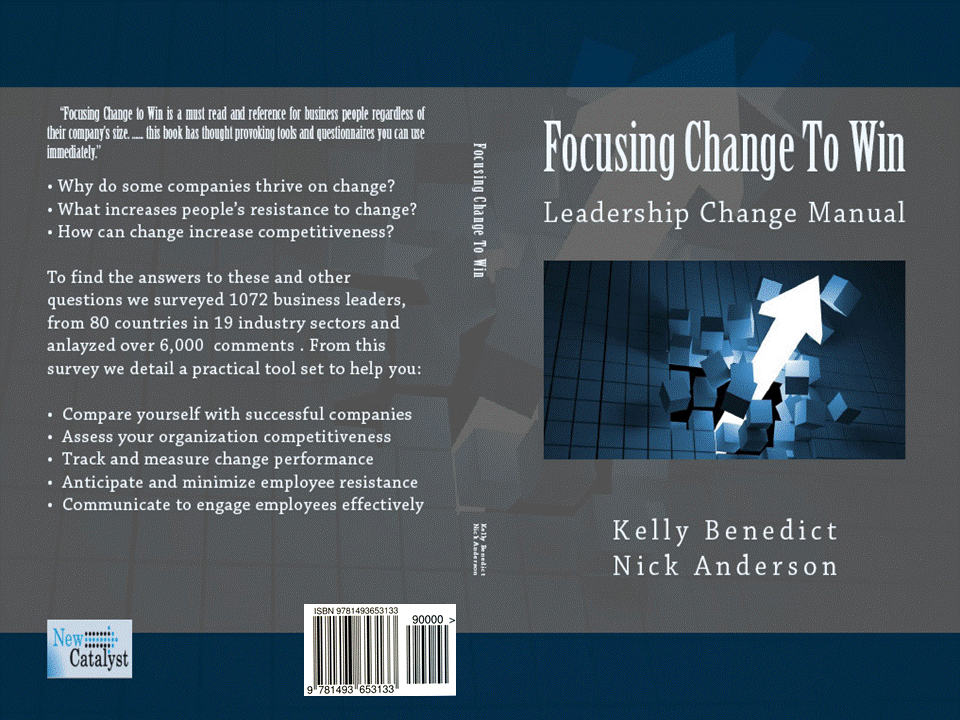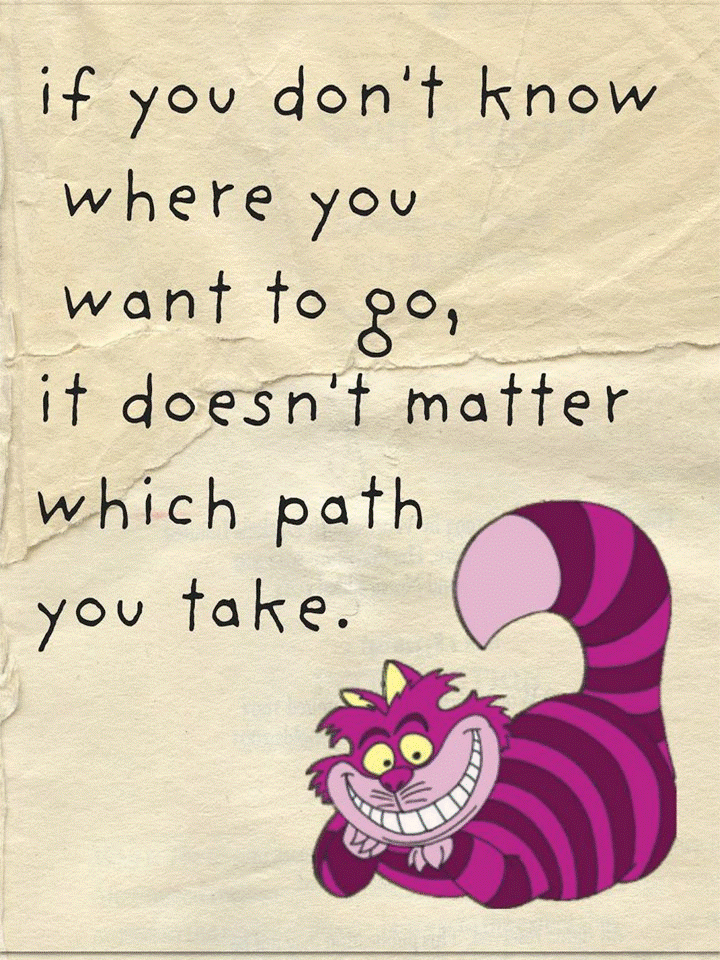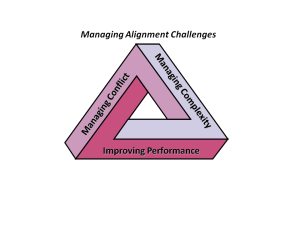Introduction
During many consulting engagements we identified that organizational misalignment as a major factor in organizations and individuals were not achieving goals
This changed our focus to ground other work by aligning people’s expectations first, before designing learning, coaching etc. Over the last 10 yrs, we have developed an alignment practice with AlEx™, by serving companies in Canada and the US.
Consequently this approach has helped clients add millions in sales, bring construction projects in on time, and successfully transition family-owned businesses.
Regular readers will remember I was talking about how many change projects were planned in response to the economy yet almost half of the respondents indicate that a significant number of change projects failed to meet their stated goals.

Click here to Buy a Copy
We have learned that anticipating and managing misalignment goes to the root of building successful change. And so my theme this month Managing Alignment Challenges so that you can increase the odds that the change you’re planning will achieve its desired results.
Today, I want to focus on people alignment but recognize that alignment of resources with strategy, for example, are other important components of successful change. It’s a big subject. But one thing is for sure – Change has to be personal before it can be organizational…
In your experience what are the main points for listeners to consider in improving the odds of making a change work?
For this blog I will focus on one of three key areas:
- Managing Conflict and Relationship Tension – Subsequent programs and blogs I will cover…
- Managing Complexity
- Improving Performance
The first is essential to recognize that there will be conflict and you have to manage it. Too often it’s the 800lb Gorilla in the room. I chose the second as the need for change can seem deceptively clear yet being comfortable with complexity is something people want to avoid. Thirdly, if you are not actively focused on improving performance…why are you changing?
The last point seems obvious…why else would people want to change…?
For Example, if you are in China many changes get caught up with ensuring the leaders don’t “lose face”. In Corporate America, newly appointed leaders want to put their “stamp” on their tenure….there’s a primal nature to new leaders that we often cloak in business school speak, like “we needed a change of direction to improve the businesses performance….blah, blah, blah” And, of course, then there are the two ugly sisters – Greed and Ego.
The point about improving performance is that leaders start out pontificating about this subject yet get caught up in the first two and lose sight of change’s central purpose.
So, you have the Eternal Change Triangle. If you go into a change with these things in mind you have the strongest structure on which to base change. If you don’t see or manage these three you will be flying a jet without any sense of direction.
Why do you think people don’t recognize the first two’s importance?
In my experience, especially in this economy, too many leaders can get caught up in expediency – a compulsion “to do something” NOW!
Back to an earlier blog, this call to action that is so prevalent in our culture. Though, the strangest thing I am about to say seems to contradict myself:
Despite the ubiquity of business planning education in entrepreneurship, there is little evidence that planning leads to success (Honig)
(You are going to have to unpack that one for me…and the listeners…LOL)
On the one hand, Mark Hurst on his Blog quotes Calvin Coolidge,
Nothing in this world can take the place of persistence. Talent will not; nothing is more common than unsuccessful people with talent. Genius will not; unrewarded genius is almost a proverb. Education will not; the world is full of educated derelicts. Persistence and determination alone are omnipotent.
The trouble with the Coolidge’s take on success is, as Mark points out, that persistence is only effective if there’s a clear goal.Like the Cheshire Cat in Alice in Wonderland, a sort of feline Clausewitz. Alice asks which way she should go, and the Cheshire Cat answers:

For me that means, You have to stop and take time to find the direction. You can’t run while you’re reading the map. Too many leaders focus on the end goal and not enough time on:
- How are we going to get people to not only accept change but also be committed to changing?
- How are we going to manage this change and keep making money?
- How are we going to manage SNAFU’s (define)?
To summarize
“The general who wins a battle makes many calculations in his temple ere the battle is fought. The general who loses a battle makes but few calculations beforehand. Thus do many calculations lead to victory, and few calculations to defeat: how much more no calculation at all! It is by attention to this point that I can foresee who is likely to win or lose.”
-Sun Tzu, the Art of War
Let’s turn to this month’s theme,
What are Some of the Benefits of Proactively Managing Conflict?
Our work in aligning people on construction projects with Turner Construction, strongly suggests that there 8 benefits
- Helps develop a healthy attitude to managing rather than hiding conflict.
- Helps objectify disagreements and prevents things getting personal
- Reduces the distracting and destructive products from poorly handled conflict situations.
- Defend Attack Spirals have destructive long lasting effects that last year
- Helps harness diverse views and experience in the project team for the good of the overall project and Owner.
- The power of accepting the “Half Baked” is an inclusive stance not poorly thought out
- Helps handle change as change progresses and manages the constant flow of information between key players…e.g. Owners, consultants and contractors.
- Plays to an earlier program, Clauswitz on not being caught up in sequential thinking – Change is not start with A, then B, then C
- Change is A learn and choose B or C or both knowing that B & C need to be accomplished
- Too many leaders have a touching reliance that they have complete knowledge
- Addresses the tensions in managing the change dynamics as during the change life cycle
If you’re leading such a change, what are the typical examples of change dynamics?
Very often leaders have a false sense of control, and if for example they commission consultants or create teams things take on a life of their own
6. Another dynamic is my sixth point…Recognizes that as work precedes the relative bargaining strengths of the parties are constantly adjusting. Standard approaches to planned change do not take this into account.
In more formal changes, like in construction we find that we need to help teams
7. Overcome the inflexibility inherent in standard contracts. For example, one contract assumes that the design is complete at the time of bidding and that the contractor employs most of the resources that will be required for the project. The fact is, design is rarely 100 % complete at the time of bidding and contractors subcontract most of the work.
Most importantly, aligning people as we do…
8. Develops Project Teams while recognizing their different rules of engagement. AlEx™ recognizes and helps facilitate different project needs and rules of engagement, like:
- Changing Owner demands
- Rapid learning
- Generating and maintaining effective interaction between team members so that they can exchange views and debate the consequences of their decisions in an open and honest forum.
- Changing circumstances over the project’s lifecycle.
- Shifting relationship tensions between the major members of the project team.
- Building trust for when things do not go as planned.
How would you sum up managing conflict…?
Conflict in life is a natural as breathing. What we have lost sight of especially with the backdrop of what’s happening in Washington is how do you respect another party’s opposing stance and achieve successful change…I heard a item on the radio about the Life Raft Debate where the students vote which professor they would choose to take the last place on their life raft…they chose the devil’s advocate….because all the others tried to entertain rather then debate
Here’s my tip.
If you are planning a change or are in the middle of one…..how many times last week did you not confront your demons and openly say:
“The Emperor has no clothes……”
It’s OK to confront the issues not the person if you don’t unaddressed conflict will fester like road kill.
Then, stand back and look at your own organization – and ask “What traps are we falling into?”
Need Help in Getting Your People on the Same Page?
Ask Nick Anderson – Focusing Change To Win’s Co-Author
To Contact Us
______________________________________
© Copyright All Rights Reserved, The Crispian Advantage. Unauthorized use and/or duplication of this material without express and written permission from this blog’s author and/or owner is strictly prohibited. Excerpts and links may be used, provided that full and clear credit is given to Nick Anderson, The Crispian Advantage and Walk the Talk – A Blog for Agile Minds with appropriate and specific direction to the original content.

